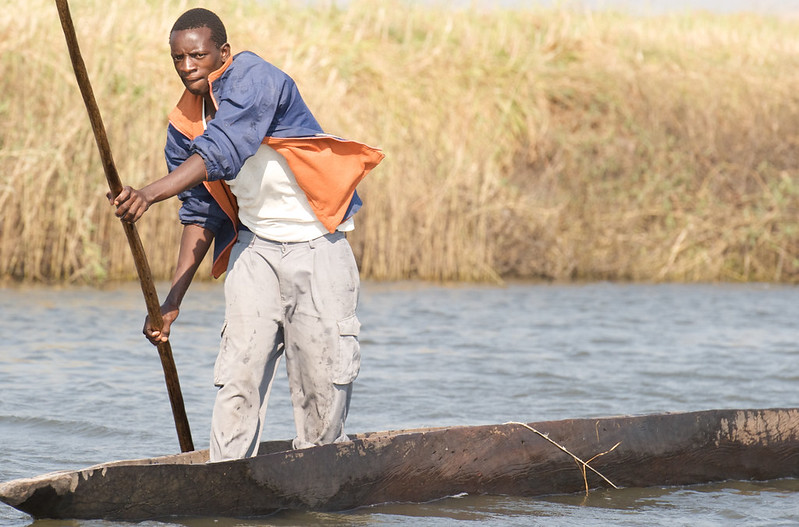 Rivers are critical to the Zambian economy and way of life, providing food, energy and jobs. However, environmental degradation from failed dam projects, pollution and mismanagement have threatened the sustainability of these crucial waterways, having a devastating impact on local communities. Major rivers like the Zambezi, Kafue and Nsongwe rivers, among others, have all suffered reductions. However, progress is being made in Zambian river restoration. Through private actors like the World Wildlife Fund (WWF) and the International Institute for Sustainable Development, local Zambian communities have begun to help solve poverty by healing their rivers.
Rivers are critical to the Zambian economy and way of life, providing food, energy and jobs. However, environmental degradation from failed dam projects, pollution and mismanagement have threatened the sustainability of these crucial waterways, having a devastating impact on local communities. Major rivers like the Zambezi, Kafue and Nsongwe rivers, among others, have all suffered reductions. However, progress is being made in Zambian river restoration. Through private actors like the World Wildlife Fund (WWF) and the International Institute for Sustainable Development, local Zambian communities have begun to help solve poverty by healing their rivers.
Background
Rivers like the lower Kafue are incredibly important to nearly all aspects of life, supporting 900,000 Zambians. Nearly 20% of cattle in the area rely on the wetlands from the Kafue River and 90% of all electricity in Zambia comes from dams on rivers like the Kafue.
According to the 2017 report, “Water resources, and the essential services they provide, are critical to achieving poverty reduction, inclusive growth, public health, food security, human dignity for all.” In fact, the Kafue River is not unique, as the Zambezi River supports an additional 250,000 people along the Barotse floodplains alone.
The WWF in Zambia explained in its 2017 report that pollution and overuse have threatened the ability of large cities to have adequate water. In fact, 47% of Zambians have no access to clean water due to these issues.
Environmental Disasters
Large environmental disasters have exacerbated this systemic issue. On February 18, 2025, a tailings dam holding back toxic waste from a copper mine broke down, allowing more than 50 million liters of acid waste into the Kafue River. Local resident Sean Cornelius told AP News that, “Prior to the February 18, this was a vibrant and alive river. Now everything is dead, it is like a totally dead river. Unbelievable. Overnight, this river died.” Due to Zambia’s heavy reliance on hydropower, it makes potential dam disasters all the more likely.
Stepping into this crisis is a coalition of climate investors, the WWF and local river communities to assist with Zambian river restoration. The Climate Investment Fund (CIF) has begun working with eight counties along the Zambezi River basin to help implement nature-based solutions.
Evans Kaseke, program manager for the Zambezi Strategic Plan, explained that, “The program aims to promote, protect and restore natural environments through landscape approaches by investing in agriculture, food production, forest and land use, and coastal system management.”
Climate Adaptation for Protected Areas (CAPA)
Additionally, the WWF has been helping communities along the Nsongwe River to help build smaller check dams through its Climate Adaptation for Protected Areas (CAPA) Initiative. These dams help end erosion from overuse. Mervis Sibbuku, local resident, thanked WWF, “For years, we watched the river degrade. These check dams have given us hope, allowing us to see water flow evenly and greenery return along the banks.”
In partnership with WWF Zambia, the Nsongwe communities have started to remove silt and replant critical foliage, restoring parts of the river to both wildlife and community residents. Though much work needs to be done, international finance, NGOs and governmental aid can go a long way to empowering local impoverished communities to improve their environmental conditions. Zambian river restoration shows that critical funds and innovative practices can help undo environmental poverty.
– Joseph Laughon
Joseph is based in Sacramento, CA, USA and focuses on Good News and Technology for The Borgen Project.
Photo: Flickr
